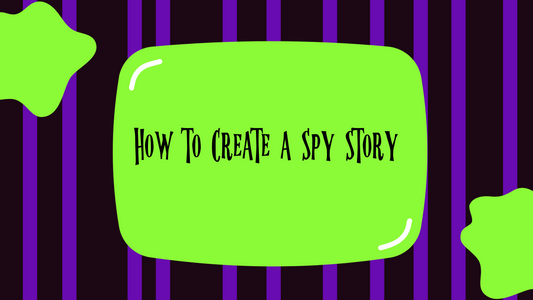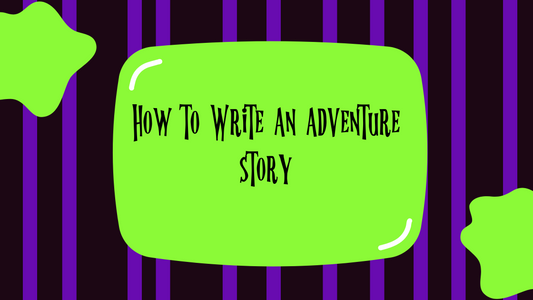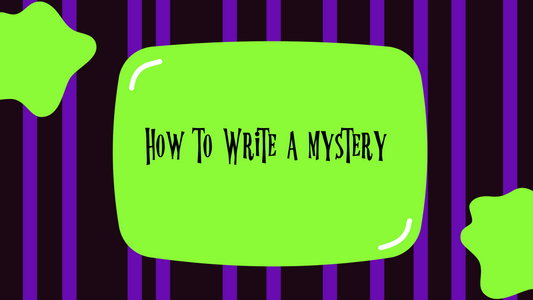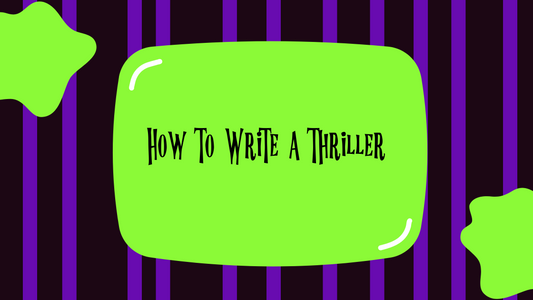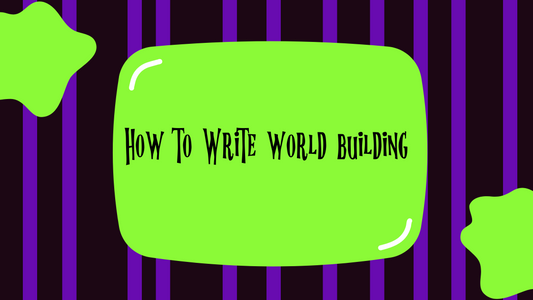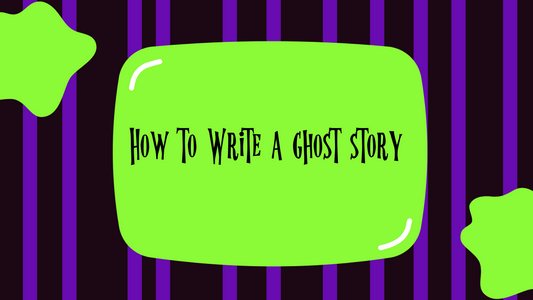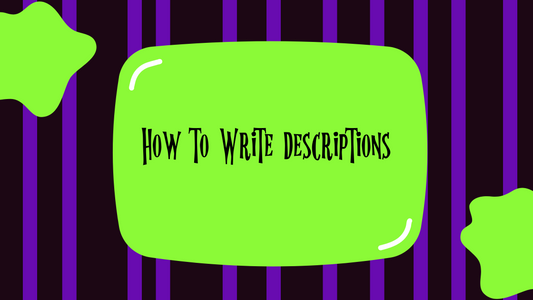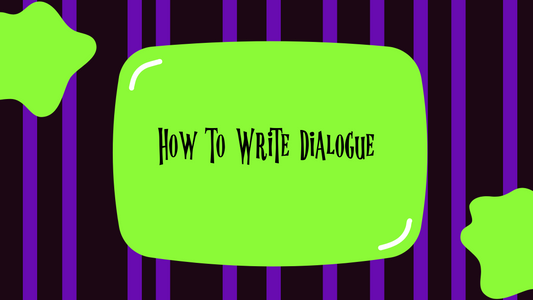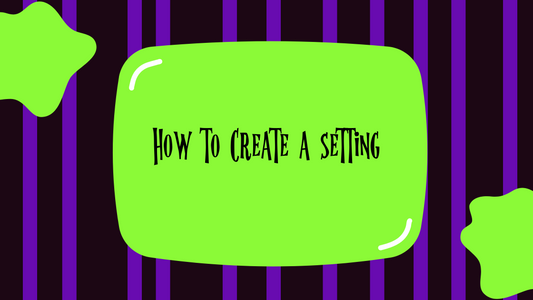As an affiliate, I earn from qualifying purchases, but this doesn't affect the reviews or recommendations—your trust is important to me!
Crafting Captivating Antagonists: A 5-Step Guide for Budding Authors
Hello budding authors! Today, we are embarking on a thrilling journey to create one of the most important cornerstones of any story - the antagonist. Strap yourselves in as we learn in simple steps how to write a convincing antagonist that will dazzle your readers.
Step 1: Know Your Antagonist Inside Out
Despite being the 'bad guy', your antagonist needs to be as detailed and complex as your protagonist. What do they want? Why do they want it? What's their backstory? Answering these questions helps you understand your antagonist's motivations and gives them depth. Remember, your antagonist is a character too, not just an obstacle.
Step 2: Give Your Antagonist Significant Qualities
Everyone, including antagonists, have strengths and weaknesses. Giving your antagonist distinct traits makes them credible and adds spice to your story. Perhaps they're highly intelligent but terribly arrogant. Maybe they're charming but ruthlessly ambitious. Or they could be incredibly strong but also horribly vain. Mix and match these qualities as you see fit!
Step 3: Develop Their Relationship with the Protagonist
Antagonists often have significant ties to the protagonist. These relationships can either be as old enemies, former friends, family members, or authority figures - the options are endless. By creating this link, the conflict becomes more personal and hence, more engaging.
Step 4: Keep Them Proactive
Good antagonists don't just react, they act. They have goals of their own and they relentlessly pursue them, and it’s thus pursuit that often puts them at odds with the protagonist. This makes the narrative exciting and unpredictable.
Step 5: Create Sympathy for the Antagonist
Even the most detestable antagonist needs something that helps readers connect with them. Maybe they were once good but were led astray, or perhaps they believe their terrible actions are justified, necessary even. When readers understand your antagonist, they'll be interested in their fate and hence, in your story.
Remember, antagonists carry half your story on their shoulders. They are the sword against which your protagonist sharpens. So spend time getting to know them, crafting them, and bringing them alive on paper. With these steps in place, you're on your way to deliver hair-raising, engaging battles of wits, strength, and ideal between your very own protagonist and antagonist! Happy writing!
```



























